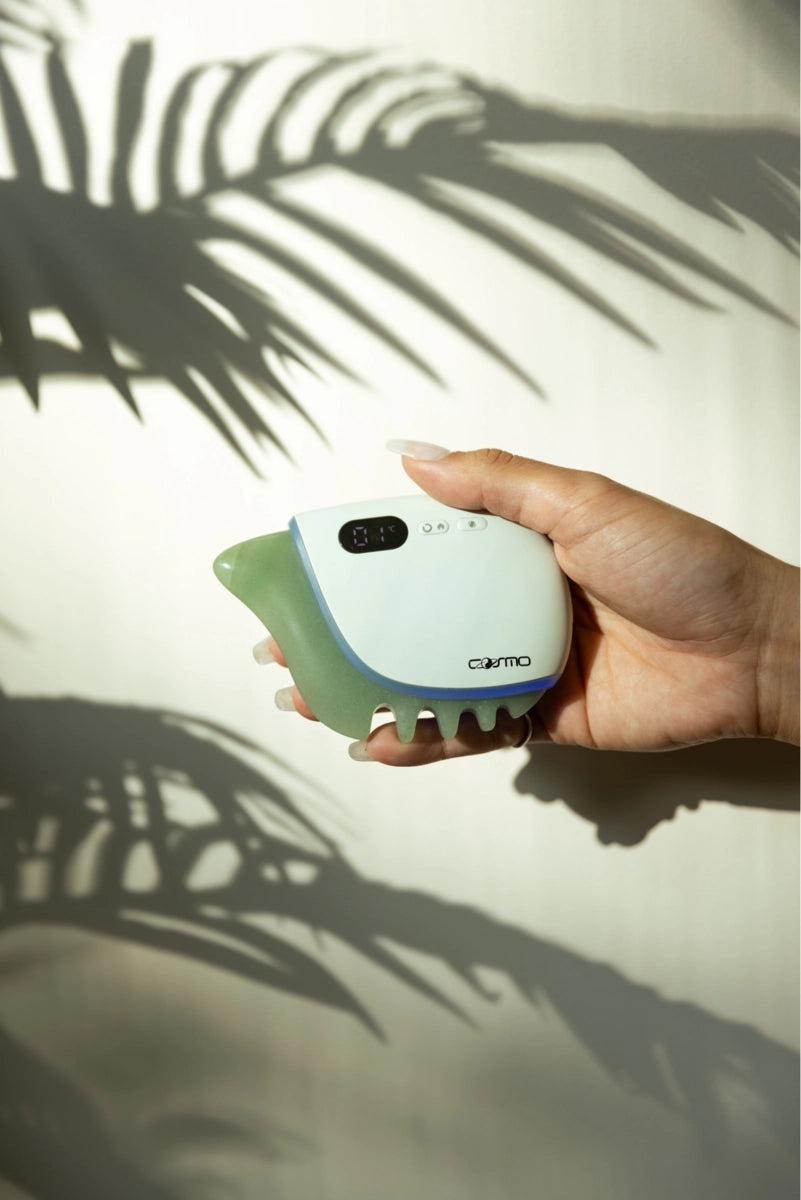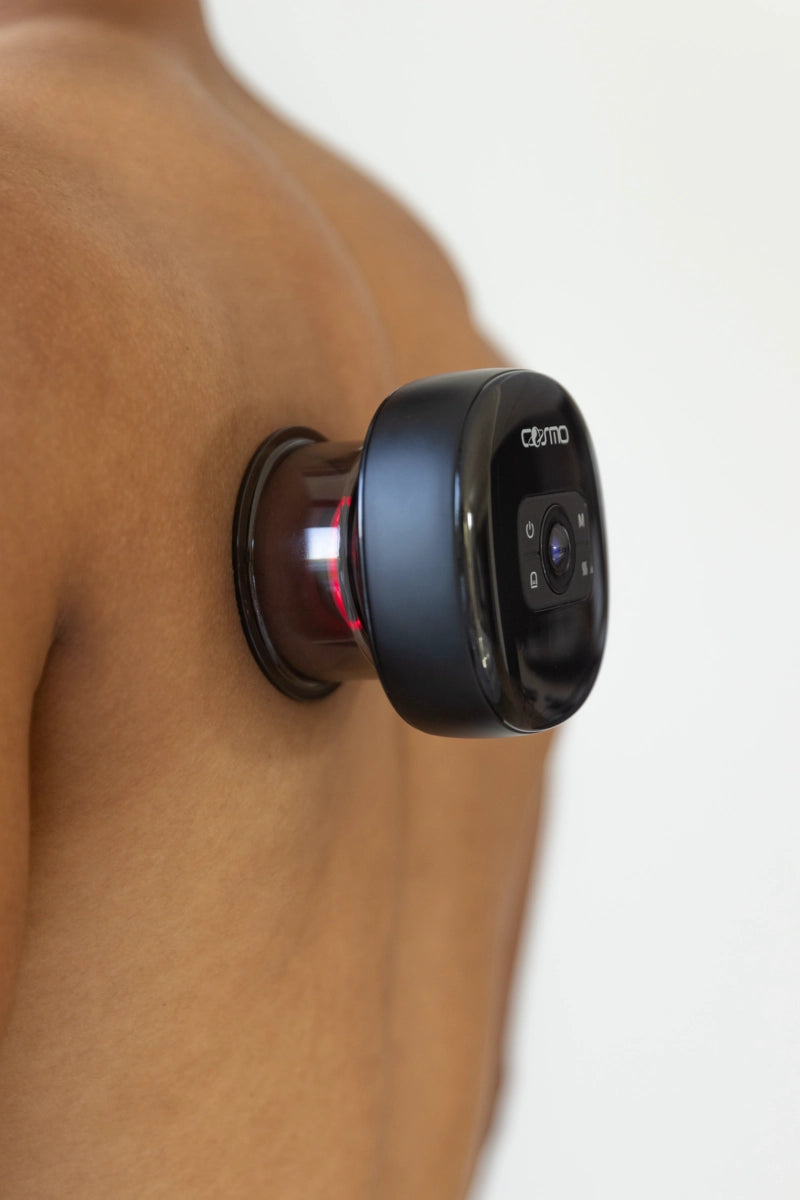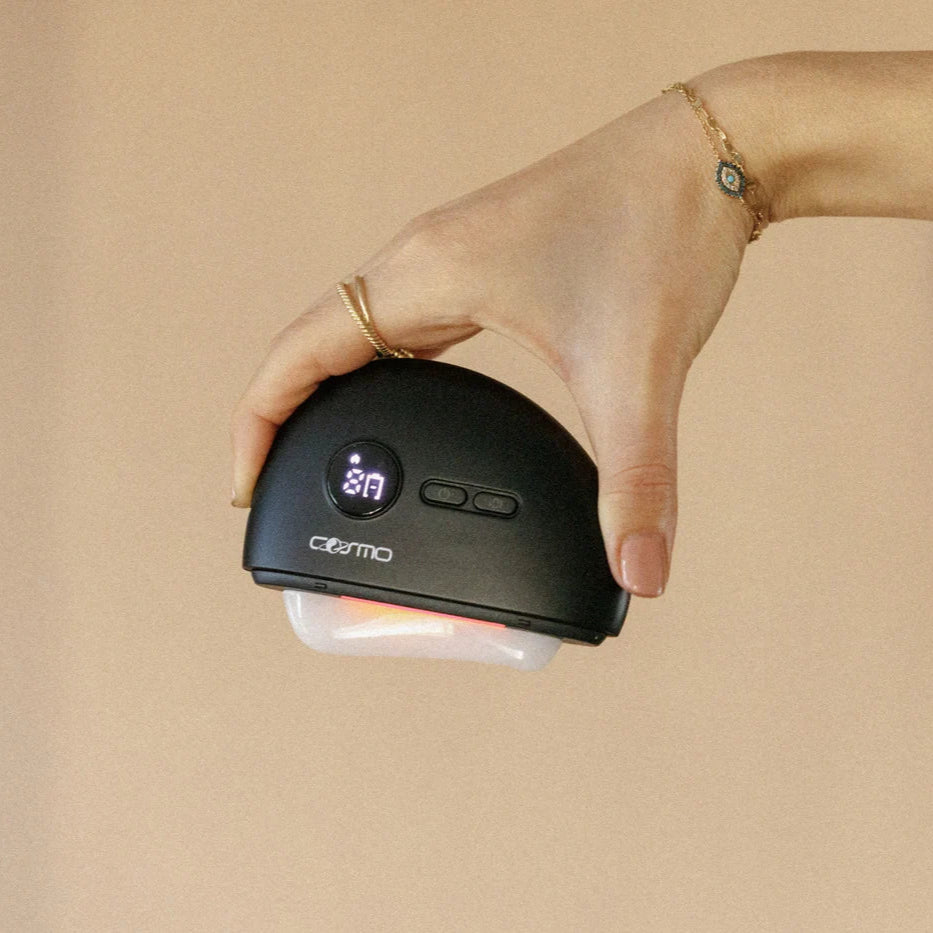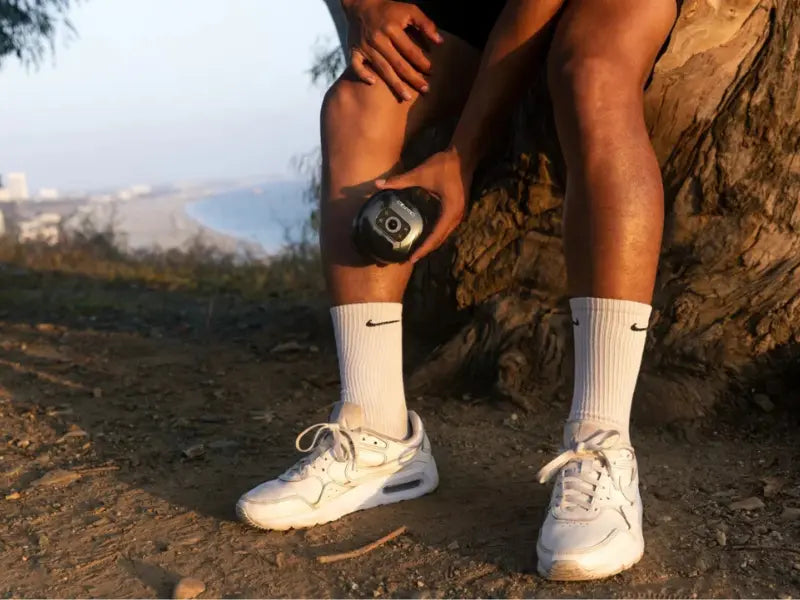Cupping and Gua Sha are two ancient practices experiencing a modern resurgence. Both originate from traditional Chinese healing methods and have been used for centuries to improve well-being. Today, they are celebrated in wellness circles worldwide for their potential health and skin benefits. This article explores the journey of these therapies from their historical roots to their current status as popular wellness trends, examining how they evolved over time and the ways people use them now.

The History of Cupping Therapy
The history of cupping therapy dates back thousands of years, with evidence of cupping in multiple ancient civilizations. In Chinese medicine, written records of cupping go back to the early Han Dynasty (around 200 AD), and it was famously advocated by the herbalist Ge Hong in the Jin Dynasty. However, cupping’s origins may be even older. In ancient Egypt, the Ebers Papyrus (circa 1550 BC) describes using suction cups for various ailments. Classical Greek medicine also employed cupping, as Hippocrates used it to treat internal disease and musculoskeletal problems. The practice spread through medieval Islamic medicine (known as Hijama) and into European traditions by the Renaissance. Over the centuries, the materials evolved from cattle horns and bamboo segments to glass jars and modern plastic cups, but the core idea remained the same, which is applying suction to the skin to promote healing. Despite periods of decline in popularity, cupping endured as a folk remedy and is now firmly back in the mainstream wellness toolkit.
Origins of Gua Sha in Traditional Medicine
Gua Sha’s roots are also deeply historical, originating in East Asia as a technique to “scrape away” illness. In Chinese, gua means to scrape, and sha refers to the temporary red rash or petechiae that appear on the skin after treatment. The practice has been used for centuries in China, and variations of it appear in the traditional medicine of neighboring countries like Japan, Korea, Vietnam, and Indonesia. Early forms of gua sha involved tools such as smooth stones, ceramic spoons, or coins to scrape the skin and were often applied to relieve fever, heatstroke, muscle pain, or other ailments.
Folk medicine made use of whatever tools were handy. For example, mothers might perform gua sha on a sick child using a porcelain soup spoon. Specialized gua sha tools were developed, but the essence of the practice remained consistent. Historical texts in traditional Chinese medicine describe techniques similar to gua sha as far back as 2,000 years ago. This scraping therapy is one of the oldest forms of East Asian medicine, with records indicating it has roots in traditional Chinese medicine (TCM) dating back thousands of years. This long lineage set the stage for gua sha’s persistence into the present day.
Modern Resurgence of Cupping
Cupping has leapt from the pages of history right onto the backs of celebrities and athletes. The world took notice during the 2016 Olympics when swimmer Michael Phelps competed with telltale round bruises dotting his shoulders. Many athletes now use cupping for muscle recovery after intense workouts or competitions. They believe the suction and localized pressure help relieve soreness by increasing blood circulation to muscles. In spas and clinics, cupping is also offered to treat back or neck pain, tension headaches, and even cellulite. Modern practitioners often combine cupping with other therapies, such as massage or acupuncture, for a holistic approach.
Cupping Therapy Side Effects and Safety
Despite its benefits, it’s important to recognize cupping therapy side effects and safety considerations. The most common side effect is the bruised-looking circular mark left on the skin, a result of blood capillaries breaking under the suction. These purple-red spots can look dramatic, but are usually painless and fade within a few days to a week. Other minor effects include temporary tenderness, slight swelling, or skin irritation at the cup sites. Serious adverse effects from cupping are rare when it’s done properly. Experts generally consider cupping safe. The main inconvenience is those temporary skin discolorations and a pinching sensation during treatment.
To stay safe, cupping should be performed by a trained professional or using approved at-home devices according to instructions. It’s also advised to avoid cupping over open wounds, active skin rashes, or areas of deep vein thrombosis. As with any therapy, individuals should consult with a healthcare provider if they have underlying medical conditions or are on medications before trying cupping. When practiced responsibly, cupping’s risks are low and primarily cosmetic, making it a viable complementary therapy for many people.
Gua Sha Therapy in the Modern World
Gua Sha has transformed from a home remedy passed through generations into a trendy wellness practice worldwide. People seek out this therapy for a variety of reasons, and gua sha therapy benefits are often touted by acupuncturists, massage therapists, and beauty experts alike. So what are these benefits? Using gua sha for inflammation is a common traditional approach. The act of scraping is thought to draw out “heat” and increase blood flow to an area, which may help alleviate inflammatory conditions. Gua sha is often used alongside conventional care, as a complement to physical therapy for chronic back pain or as a self-care routine for stress relief. The low-tech, low-cost nature of gua sha makes it an accessible therapy that individuals can incorporate into their wellness regimen, even as scientists continue to study its mechanisms.
Facial Gua Sha for Lymphatic Drainage and Sculpting
One of the biggest shifts in gua sha’s evolution is its leap into the beauty world as a facial treatment. Traditionally, gua sha was applied vigorously on the body to treat ailments, often leaving red sha marks. By contrast, modern facial gua sha tools are used with a much gentler touch, turning the practice into a soothing skincare ritual. When used on the face, gua sha is believed to act as a lymphatic drainage tool for the face, meaning it helps guide excess fluid away from the facial tissues. This can reduce puffiness and give the face a more contoured appearance. Many beauty enthusiasts and estheticians recommend performing lymphatic drainage with gua sha by gliding a smooth stone along the face and neck in downward and outward motions. This encourages lymph fluid to flow toward the lymph nodes, where it can be filtered from the tissues. The result is often a de-puffed, refreshed look and a healthy glow to the skin. Social media is full of before-and-after images showing sharper jawlines and cheekbones after regular gua sha – hence its reputation as a natural face sculpting tool.

While the dramatic sculpting effects are temporary, regular facial gua sha may support better skin elasticity and tone. A light massage can increase microcirculation in the skin, bringing nutrients and aiding collagen production. Gentle facial gua sha is generally harmless and can be quite relaxing. As long as one uses proper technique, it can be a beneficial addition to a skincare routine. In essence, facial gua sha marries self-care with beauty, helping individuals look and feel refreshed. And much like a manual facial massage, the lymphatic drainage face tool effect of gua sha can leave your complexion temporarily more toned and less puffy, a modern twist on an ancient practice that’s all about healthy flow.
Gua Sha Stones, Rollers, and Modern Innovations
The evolution of facial massage tools reflects a blend of ancient wisdom and modern design. Below are key categories:
-
Gua Sha Stone For Face: These flat, smooth-edged tools, commonly made from jade, rose quartz, or bian stone, are shaped to fit the body’s natural curves. Their edges are designed to apply gentle pressure and stimulate circulation through rhythmic scraping motions. Each material carries symbolic and energetic qualities in Chinese medicine, such as jade’s cooling and purifying energy. These classic tools promote detoxification, reduce muscle tension, and encourage radiant, healthy skin when used mindfully.
-
Facial Rollers and Dual-Ended Designs: Crafted from the same stones as traditional tools, they feature one or two rolling cylinders that glide easily across the face. Regular use can enhance product absorption. Many gua sha rollers come with dual ends, making them an everyday addition to any skincare routine.
-
Combination Gua Sha Kits: Modern kits often combine both a scraping stone and a facial stone roller to create a comprehensive self-care set. This pairing allows users to enjoy the deeper tissue release of gua sha alongside the cooling relaxation of rolling massage. The roller can be used daily to maintain skin tone, while the stone targets muscle tension and circulation on a deeper level.
Beyond the traditional implements, we are now witnessing the rise of high-tech versions. Some modern devices incorporate vibration, heat, and even light therapy into gua sha tools. One is a vibrating gua sha device that merges the time-honored jade stone with subtle technological enhancements. Their smart gua sha tool features an authentic jade stone that warms up and emits red and blue LED light while gently vibrating, all designed to supercharge the therapy’s effects. With such a device, the user benefits from the scraping massage, deeper heat penetration, and light frequencies that may stimulate skin repair. One modern gua sha tool integrates jade with LED light therapy, adjustable heat, and vibration settings to encourage circulation, ease inflammation, relieve pain, and improve overall skin health. These innovations amplify what the traditional practice already does. For example, heat can relax muscles and open pores, vibration can boost circulation and support lymphatic flow, and light therapy can promote cellular rejuvenation.
Cupping therapy has its share of modern makeovers as well. Traditional fire-heated cups are still used, but many people opt for silicone cups that can be squeezed to create suction or mechanical vacuum pump cups that allow more control over pressure. There are even electronic cupping massagers now that combine suction with massage patterns and infrared heat. One example is a portable at-home cupping device that rhythmically suctions and releases, offering a kind of automated massage. This shows how even cupping has adapted to contemporary preferences for convenience and precision. Cosmo also developed an at-home cupping device that reimagines the therapy with a modern twist. Swapping open flames for a safe, controlled suction mechanism and even adding red light warmth to the cup.
Thanks to such developments, consumers can experience these age-old treatments with a new level of ease. Many of the best-selling tools remain quite simple. After all, a piece of polished stone or a plastic cup can often do the job. Whether one prefers a high-tech gadget or a no-frills approach, the range of options means there’s something to suit every preference. The key is that all these tools serve the same fundamental purpose: to stimulate the body’s own circulation and healing processes, just as practitioners did centuries ago. It’s a testament to the enduring appeal of cupping and gua sha that they have not only survived into the 21st century but have also seamlessly incorporated advancements, ensuring these therapies remain relevant and accessible.

From humble beginnings in the villages of ancient China to the chic wellness clinics of Los Angeles, cupping and gua sha have traveled a remarkable path. Their evolution reflects a broader pattern in holistic health: valuable traditions are continually rediscovered and adapted for new generations. The philosophies of energy flow and “releasing stagnation” that underlie these practices resonate even today, albeit often explained in modern terms like improved circulation or reduced inflammation. While more scientific research is needed to validate some claims fully, countless individuals attest to the relief and rejuvenation they feel from these treatments. In a world increasingly interested in natural and integrative health solutions, the resurgence of cupping and gua sha makes perfect sense. They offer a tactile, grounded experience that connects us with centuries of healing wisdom. Whether you’re seeking to soothe sore muscles, brighten your complexion, or carve out a moment of self-care, these therapies provide a unique bridge between the past and present. With one foot in ancient tradition and the other in contemporary innovation, cupping and gua sha demonstrate the enduring power of healing practices that truly stand the test of time.
Sources:
-
Cedars-Sinai – What Is Cupping? Does It Work? cedars-sinai.org
-
Harvard Health – What exactly is cupping? health.harvard.edu
-
Cleveland Clinic – Gua Sha: What It Is and How To Do It health.clevelandclinic.org
-
Medical News Today – Gua sha: Uses, benefits, and risks medicalnewstoday.com
-
Fitt Insider (Press Release) – Cosmo Launches the LunaStone Ultra: A Modern Twist on a Traditional Gua Sha Tool insider.fitt.co











